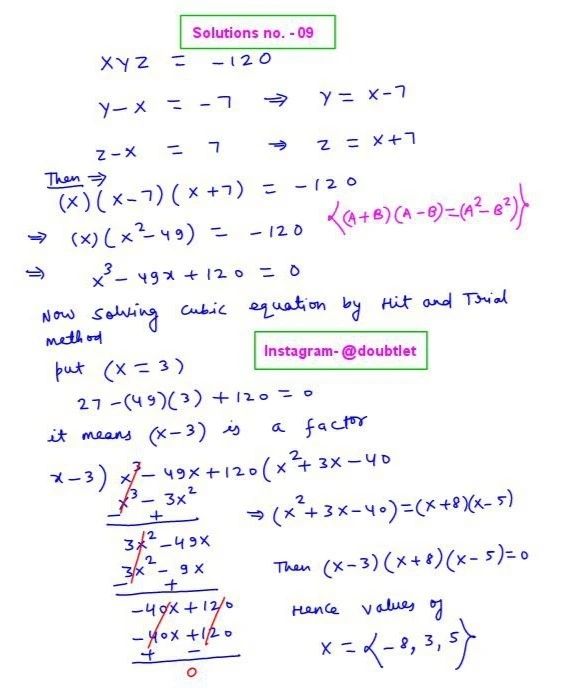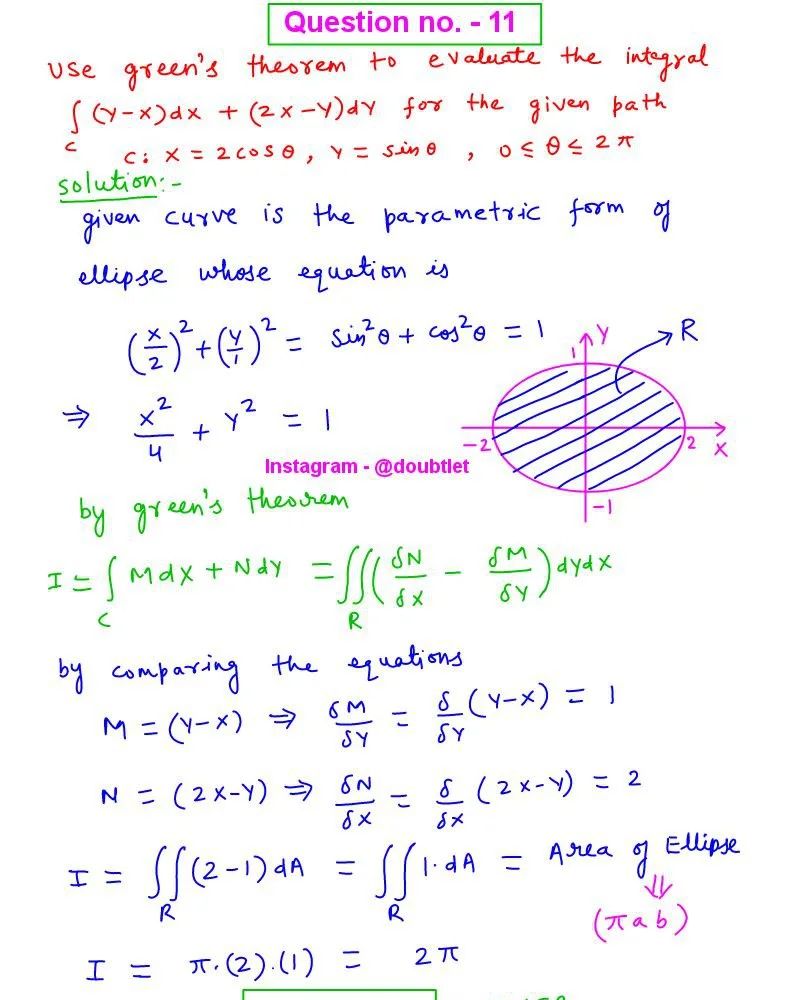Sets are collections of distinct objects, called elements, grouped together based on common characteristics or properties.
They are fundamental mathematical objects used to organize and manipulate data, representing well-defined collections of objects where the order of elements does not matter, and each element appears only once within the set.
Neetesh Kumar | May 29, 2024
Share this Page on:





1. Introduction to Sets:
A set is a collection of well-defined and distinct objects. Sets are generally denoted by uppercase letters such as A, B, C, etc., and their elements by lowercase letters like a, b, c, etc.
If an element a belongs to set A, we write a∈A and say "a is an element of A". If a is not an element of A, we write a∈/A.
2. Some Important Number Sets:
- N: The set of all natural numbers, {1,2,3,4,…}
- W: The set of all whole numbers, {0,1,2,3,…}
- Z or I: The set of all integers, {…,−3,−2,−1,0,1,2,3,…}
- Z+: The set of all positive integers, {1,2,3,…} (same as N)
- Z−: The set of all negative integers, {−1,−2,−3,…}
- Z0: The set of all non-zero integers, {±1,±2,±3,…}
- Q: The set of all rational numbers, {qp∣p,q∈Z,q=0}
- R: The set of all real numbers
- R∖Q: The set of all irrational numbers
3. Representation of Sets:
Sets can be represented in two common ways:
- Roster Form: This method lists all elements of the set, separated by commas, within curly brackets. For example, A={1,2,3,4}.
- Set-Builder Form: This method defines a set by a property that its members must satisfy. For example, A={x∣x is a positive even number}.
4. Types of Sets:
- Empty Set (Null Set): A set with no elements, denoted by ∅ or {}.
- Non-Empty Set: A set that has at least one element.
- Singleton Set: A set with exactly one element.
- Finite Set: A set with limited elements.
- Infinite Set: A set with unlimited elements.
- Equal Sets: Two sets A and B are equal if they contain exactly the same elements, denoted A=B. If not, we write A=B.
- Equivalent Sets: Two sets A and B are equivalent if they have the same number of elements, i.e., ∣A∣=∣B∣.
Note: Equal sets are always equivalent, but equivalent sets may not be equal.
5. Subsets:
- Subset: Set A is a subset of set B if every element of A is also an element of B, denoted A⊆B.
- Proper Subset: Set A is a proper subset of set B if A⊆B and A=B, denoted A⊂B.
Notes:
- Every set is a subset of itself, A⊆A.
- The empty set is a subset of every set.
- Example hierarchy: N⊆W⊆Z⊆Q⊆R⊆C.
- The total number of subsets of a set with n elements is 2n.
6. Universal Set and Power Set:
- Universal Set: A set that contains all objects under consideration, denoted by U.
- Power Set: The set of all subsets of a set A, denoted by P(A).
7. Operations on Sets:
- Union: A∪B={x∣x∈A or x∈B}
- Intersection: A∩B={x∣x∈A and x∈B}
- Difference: A−B={x∣x∈A and x∈/B}
- Complement: A′={x∣x∈/A and x∈U}=U−A
8. Laws in Set Theory:
- De Morgan's Laws:
- (A∪B)′=A′∩B′
- (A∩B)′=A′∪B′
- Distributive Laws:
- A∪(B∩C)=(A∪B)∩(A∪C)
- A∩(B∪C)=(A∩B)∪(A∩C)
- Commutative Laws:
- A∪B=B∪A
- A∩B=B∩A
- Associative Laws:
- (A∪B)∪C=A∪(B∪C)
- (A∩B)∩C=A∩(B∩C)
- Identity Laws:
- A∩∅=∅
- A∩U=A
- A∪∅=A
- A∪U=U
9. Special Set Operations:
- Symmetric Difference: AΔB=(A−B)∪(B−A)
- Properties:
- (A′)′=A
- A⊆B⇔B′⊆A′
- A−B=A∩B′
- (A−B)∪B=A∪B
- (A−B)∩B=∅
- (A−B)∪(B−A)=(A∪B)−(A∩B)
10. Venn Diagrams:
Illustrations: (Placeholder for Venn diagrams)
11. Counting Elements in Sets:
If A, B, and C are finite sets and U is the universal set:
- ∣A∪B∣=∣A∣+∣B∣−∣A∩B∣
- If A and B are disjoint, then ∣A∪B∣=∣A∣+∣B∣
- ∣A−B∣=∣A∣−∣A∩B∣
- ∣AΔB∣=∣A−B∣+∣B−A∣=∣A∣+∣B∣−2∣A∩B∣
- ∣A∪B∪C∣=∣A∣+∣B∣+∣C∣−∣A∩B∣−∣B∩C∣−∣A∩C∣+∣A∩B∩C∣
- The number of elements in exactly two of the sets A, B, C is ∣A∩B∣+∣B∩C∣+∣A∩C∣−3∣A∩B∩C∣
- The number of elements in exactly one of the sets A, B, C is ∣A∣+∣B∣+∣C∣−2∣A∩B∣−2∣B∩C∣−2∣A∩C∣+3∣A∩B∩C∣
- ∣A′∪B′∣=∣(A∩B)′∣=∣U∣−∣A∩B∣
- ∣A′∩B′∣=∣(A∪B)′∣=∣U∣−∣A∪B∣
Related Pages:
Function Relation Formula Sheet
Vector operation Calculators
Vector Formula sheet










![]()
![]()
![]()
![]()
![]()


